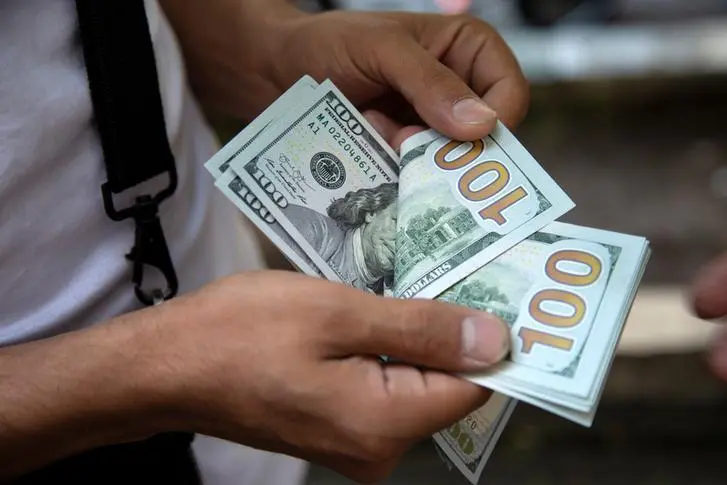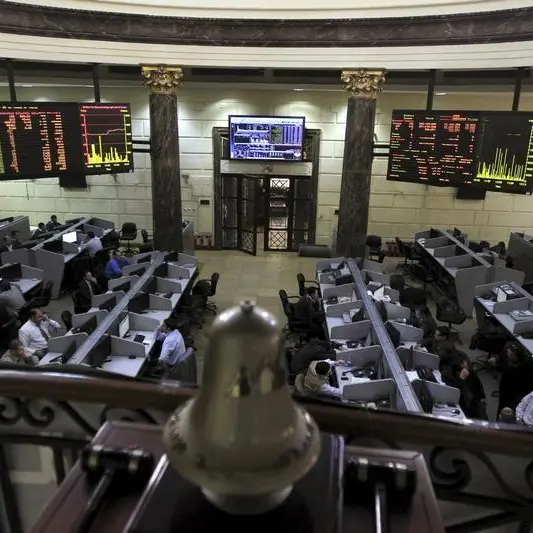PHOTO
TOKYO - The dollar traded near a one-week low against peers on Wednesday after softer-than-expected U.S. inflation figures tempered immediate expectations about Federal Reserve tapering while disappointing Chinese data weighed on the yuan and Aussie.
The dollar index stood at 92.536, about 0.2% lower on the day from Tuesday, when it dropped following the inflation data only to recover on haven demand as stocks slid on Wall Street.
The index has meandered between 92.3 and 92.9 over the past week as several Fed officials have suggested the U.S. central bank could reduce its buying of debt securities by the end of the year, even after a much-weaker-than-expected payrolls report at the start of the month.
While elevated inflation has kept pressure on policymakers, data overnight showed the U.S. consumer price index, excluding the volatile food and energy components, edged up just 0.1% last month.
The Federal Open Market Committee (FOMC) holds its monetary policy meeting next week, with investors keen to find out whether a tapering announcement will be made.
Tapering tends to benefit the dollar as it suggests the Fed is one step closer toward tighter monetary policy. It also means the central bank will be buying fewer debt assets, effectively reducing the number of dollars in circulation.
"The softer than expected U.S. CPI inflation data for August released earlier this week has seemingly confirmed the market expectation that the Fed would stick with its patient stance on QE taper at the upcoming September policy meeting next week," said Valentin Marinov, head of G10 FX research at Credit Agricole.
Marinov added that next week the Fed could start preparing the ground for a very cautious policy normalisation, potentially as soon as November.
"A number of Fed hawks have expressed the view that notwithstanding the recent weakness in the U.S. labour market and activity data and the signs that the inflation overshoot is losing its intensity, a QE taper is warranted before yearend. If confirmed, a more hawkish Fed message next week could put the nascent risk recovery to the test and boost the high-yielding safe-haven USD."
One euro bought $1.1821 on Wednesday, about 0.1% higher from the previous session.
European Central Bank Chief Economist Philip Lane speaks at the IMFS webinar later in the day.
The dollar slipped to a 4-week low of 109.22 yen.
Meanwhile, the yuan and the Australian dollar were knocked lower after Chinese data showed factory and retail sales growth cooled more sharply than expected last month.
Adding to the broader China worries in financial markets was a media report that embattled property developer China Evergrande Group 3333.HK won't be able to make interest payments on its debt next week.
The yuan extended its decline for the day to as far as 6.4433 yuan per dollar before trading about 0.1% weaker at 6.4410, threatening to snap a five-day string of gains.
The Aussie sank as low as $0.73015 for the first time in more than two weeks following China's data, but recovered to be little changed at $0.7320.
(Reporting by Ritvik Carvalho; Editing by Toby Chopra and Chizu Nomiyama) ((Ritvik.Carvalho@thomsonreuters.com; +44 2075429406; Reuters Messaging: ritvik.carvalho.thomsonreuters@reuters.net; Twitter @ritvikcarvalho












